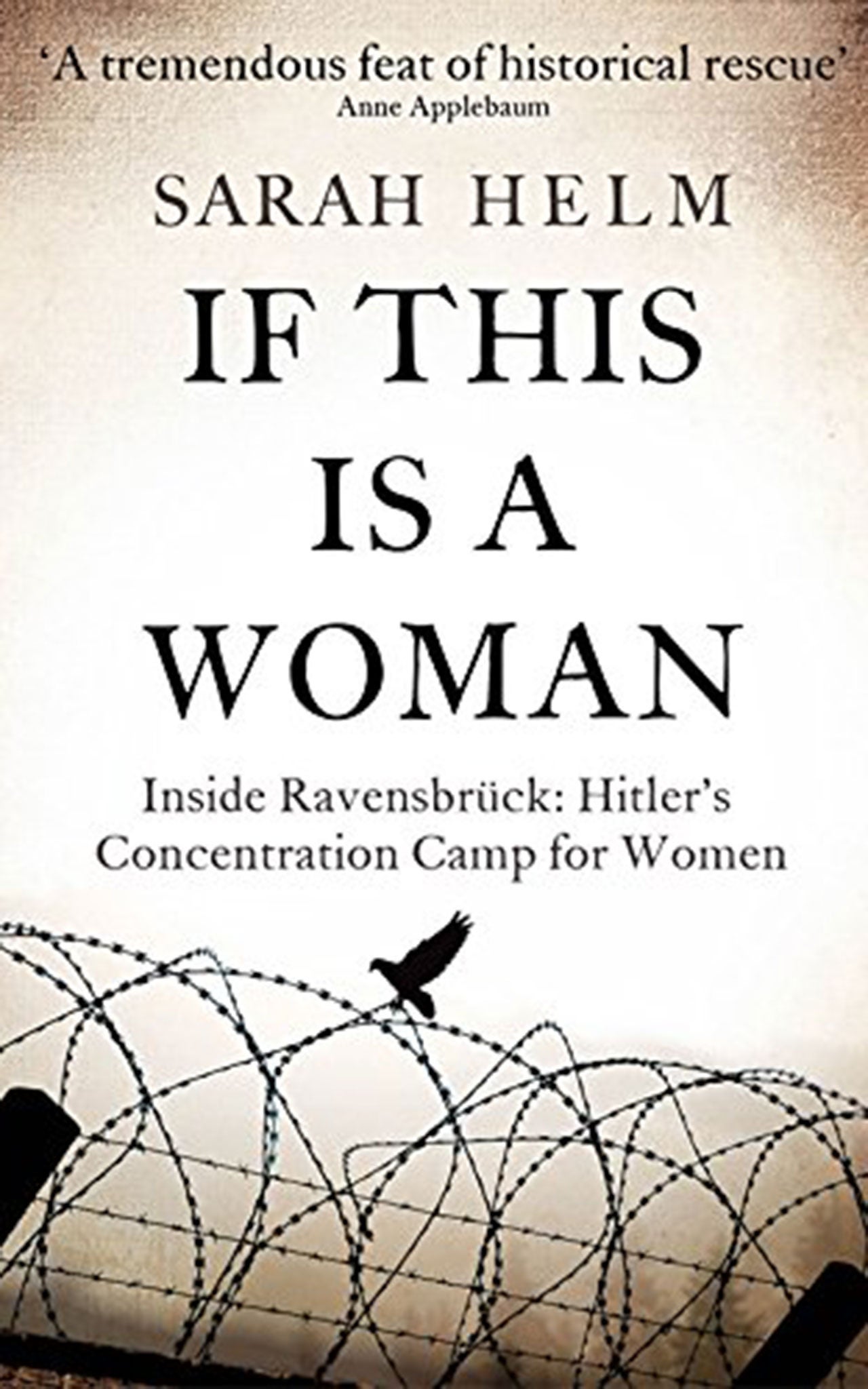If This is a Woman: Inside Ravensbrück: Hitler’s Concentration Camp For Women by Sarah Helm, book review: Survivors tell chilling story
The power of human nature, both for good and for evi

Your support helps us to tell the story
From reproductive rights to climate change to Big Tech, The Independent is on the ground when the story is developing. Whether it's investigating the financials of Elon Musk's pro-Trump PAC or producing our latest documentary, 'The A Word', which shines a light on the American women fighting for reproductive rights, we know how important it is to parse out the facts from the messaging.
At such a critical moment in US history, we need reporters on the ground. Your donation allows us to keep sending journalists to speak to both sides of the story.
The Independent is trusted by Americans across the entire political spectrum. And unlike many other quality news outlets, we choose not to lock Americans out of our reporting and analysis with paywalls. We believe quality journalism should be available to everyone, paid for by those who can afford it.
Your support makes all the difference.The title a play on Primo Levi’s 1947 account of his time at Auschwitz, this is a compelling book about Ravensbrück, which incarcerated around 130,000 women in total and by the time of its liberation, in 1945, had seen up to 90,000 murdered. Many records of prisoners that hadn’t been destroyed by the Nazis were inaccessible as they were in Eastern Bloc countries. Only with the fall of the Iron Curtain did some of these become available.
Helm has drawn from numerous sources, and one reason why this book is so powerful is that she quotes the direct testimony of scores of prisoners and their families via interviews and written accounts. She has painstakingly sought out many survivors and talked to them herself. The results are devastating.
The atrocities that occurred in the concentration camps are well known, but reading the words written and stated by the individuals who experienced them is shocking.
We hear about the vivisection experiments carried out on mainly Polish women. Healthy legs were sliced to the bone and gas gangrene and dirt inserted into the wounds in abhorrent and futile experiments to see if the sulphonamides cured gas gangrene. They didn’t. Some died, others were left lame. Prisoners who were pregnant had their foetuses cut out, sometimes while doctors and prisoner nurses flirted above them.
Helm describes the chilling development of the killing of “useless mouths”. Initially, sanatoria in Germany were used to gas the physically and mentally disabled, but after protests from the clergy and general public, this enforced euthanasia moved to the concentration camps, where it could be carried out secretly. The hospital block in Ravensbrück had a room dedicated to “idiots”, and trucks came to take them to their death several times a week; sometimes to be gassed at other camps, sometimes to be shot, beaten or gassed and cremated at Ravensbrück.
Jews were exterminated in the same way, as were those who were too weak to take part in slave labour in the Siemens munitions factory, workshops producing uniforms for German soldiers, or heavy manual labour sited in or next to the camp. Prisoners were starved and contagious diseases such as TB, diphtheria and dysentery were rife, with the ill being killed.
Yet the spirit of many of these women was remarkable. Some of the victims of vivisection were able to smuggle accounts of barbarities to relatives by using the invisible ink of urine – accounts that the International Red Cross chose neither to act on nor publicise.
Close friendships were struck up and many managed to instil morale. There were, of course, collaborators - prisoners willing to whip, beat, kick, spy on and betray others for the sake of an extra bowl of soup or an affair with an SS officer. And some survivors were sent to the Gulags after release, for “co-operation with fascists”.
What one is left with at the end of this momentous book is a sense of the power of human nature, both for good and for evil.
Join our commenting forum
Join thought-provoking conversations, follow other Independent readers and see their replies
Comments